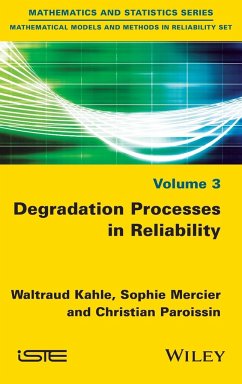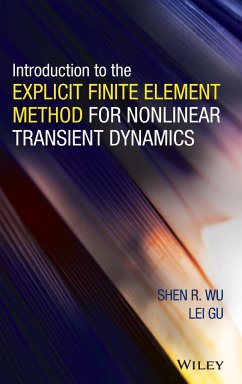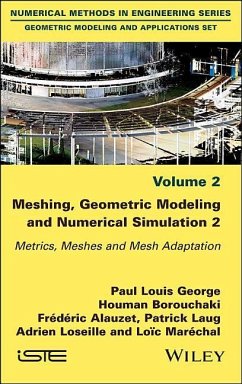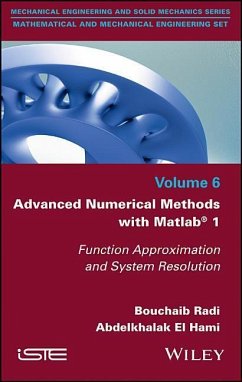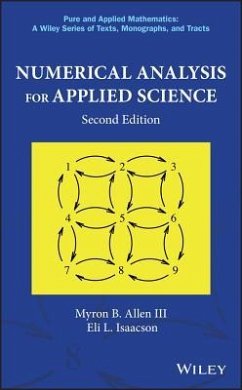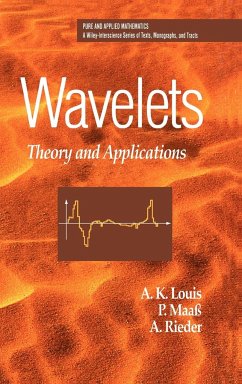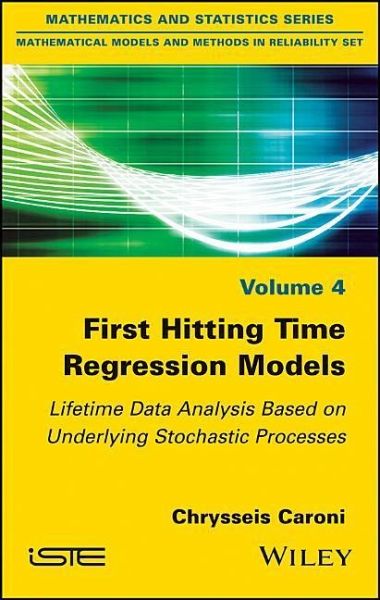
First Hitting Time Regression Models
Lifetime Data Analysis Based on Underlying Stochastic Processes
Versandkostenfrei!
Versandfertig in über 4 Wochen
158,99 €
inkl. MwSt.
Weitere Ausgaben:

PAYBACK Punkte
79 °P sammeln!
This book aims to promote regression methods for analyzing lifetime (or time-to-event) data that are based on a representation of the underlying process, and are therefore likely to offer greater scientific insight compared to purely empirical methods.





